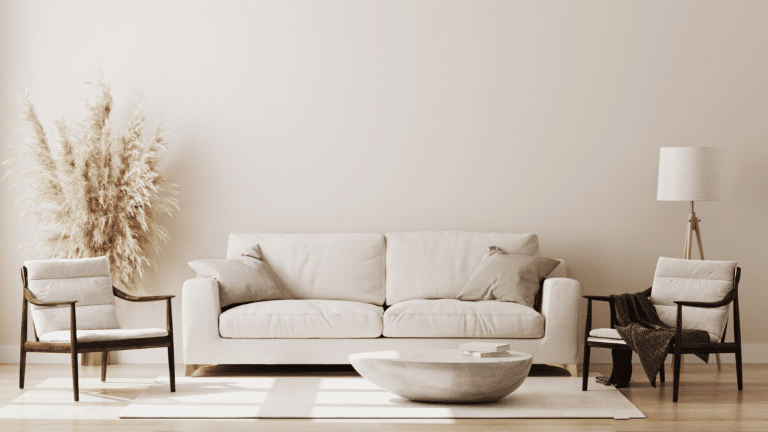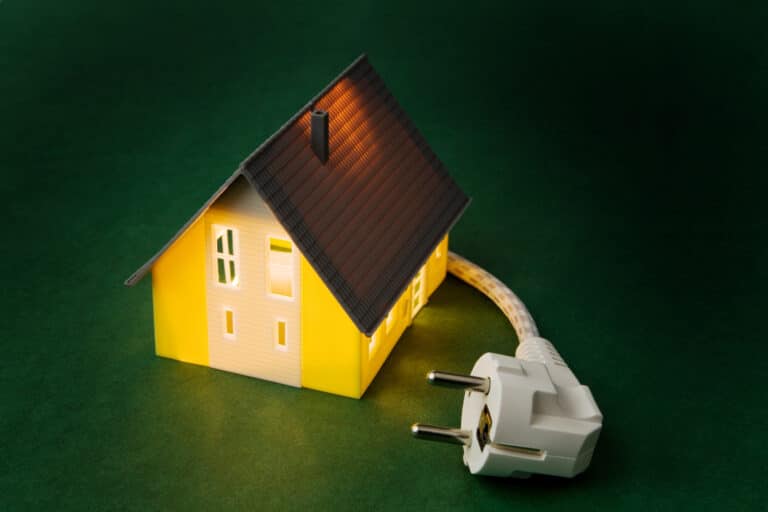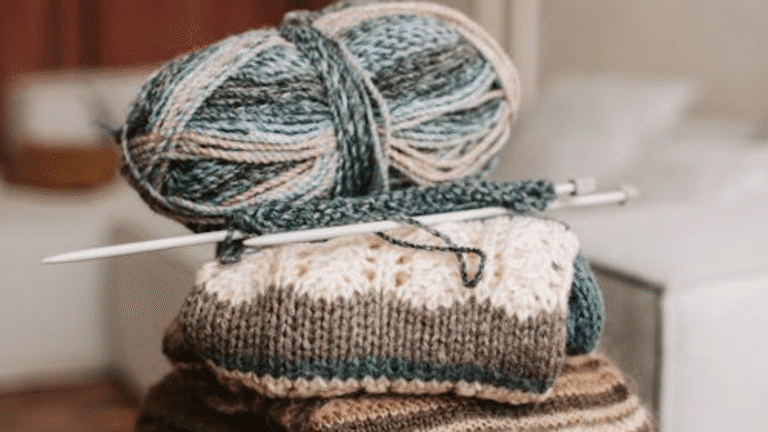How to Create a Pet-Friendly Space in Your New Home
Moving into a new home is exciting, but if you have pets, it’s also a chance to reimagine your living space with them in mind. A growing number of homeowners and renters are embracing “pet-first design,” an approach that blends comfort, safety, and style so pets thrive right alongside their families.
This shift isn’t just sentimental—it’s backed by data. In 2025, about 66% of American households own at least one pet, and nearly half of homeowners making upgrades say they actively prioritize their pets during planning and purchasing. Among renters, 69% now factor pets into decor decisions, turning apartments into spaces that feel warm, functional, and welcoming for all residents.
Why Pet-Friendly Design Matters
Pets aren’t just companions—they’re part of the household. By adapting your home to their needs, you protect your property, reduce stress for your animals, and make daily life easier for them. The global pet care industry reflects this shift, with spending projected to grow at more than 6% annually through 2030, reaching approximately $ 269.497 billion, according to Allied Market Research. From scratch-resistant flooring to luxury “barkitecture,” the market for pet-friendly design is shaping how homes are built and renovated.
Choose Flooring That Can Handle Claws and Paws
Floors take the brunt of daily wear, and pet owners know how quickly scratches, stains, and dirt can build up. That’s why flooring replacement is the most popular pet-focused renovation, chosen by over half of owners. Durable options like vinyl, tile, and laminate are easy to clean and resistant to damage. If you prefer carpet, opt for tightly woven or stain-resistant varieties that can withstand muddy paws.
Designate Built-In Spaces for Pets
A growing number of renovators are creating dedicated spaces for their animals. According to Houzz Pets & the Home Study 2024, nearly 40% of recent projects included built-in feeding stations, while one in three created outdoor enclosures like catios or fenced runs. Other standard upgrades include custom sleeping areas (21%) and built-in grooming or play stations (18%). Whether it’s a cozy nook in your living room or a dedicated pet room, these spaces help pets feel secure and give your home a sense of order.
Choose Pet-Safe Materials and Décor
Pet-friendly homes aren’t just about durability—they’re about safety. Non-toxic paints, low-VOC finishes, and eco-friendly flooring reduce health risks for both animals and humans. The design community also notes a rise in “pet-sthetics,” where furniture and accessories double as stylish decor. According to a Redecor Survey, almost 78% of pet owners now seek products that blend seamlessly into their chosen style, from chic scratching posts to modern litter box enclosures.
Embrace Multi-Functional and Tech-Savvy Solutions
Furniture with hidden litter boxes, toy storage, or built-in pet beds is becoming a favorite among space-conscious homeowners. Technology is also reshaping pet care inside the home. Innovative feeding systems, water fountains, and app-connected monitoring devices add convenience and peace of mind, making it easier to balance busy schedules with attentive care.
Create Outdoor Spaces That Inspire Play

Secure, stimulating outdoor areas are another growing priority. According to the 2024 Houzz U.S. Pets & the Home Report, about 34% of pet owners incorporate catios, fenced yards, or specialized dog-friendly landscaping into their plans. These areas not only keep pets safe but also give them enrichment and exercise. For aging pets, ramps, lower platforms, and shaded rest areas help maintain comfort while extending mobility and independence.
Keep an Eye on Behavior and Adjustment
Even the most carefully designed spaces require flexibility. Behavioral insights show that 78% of dog and cat owners factor aesthetics into purchases, often replacing or avoiding furniture that doesn’t hold up. Nearly half have discarded items damaged by pets. Creating quiet, soundproofed corners or secluded “pet rooms” can be especially valuable in work-from-home households, where distractions need to be minimized.
Best Practices for a Pet-Friendly Home
-
Pick durable, washable, and non-toxic materials.
-
Designate feeding, resting, and play areas in high-traffic zones.
-
Choose furniture with washable covers.
-
Use natural, pet-safe plants and finishes.
-
Integrate smart products for feeding and monitoring.
-
Add attractive storage for leashes, toys, and supplies.
Summary: The Pet-Friendly Home of the Future
Pet-focused design is no longer a niche—it’s a mainstream standard. From flooring upgrades to tech integration, the data shows that more households are reshaping their spaces around the animals they love. The result is a smarter, safer, and more stylish way of living that works for every member of the family, two- or four-legged.








